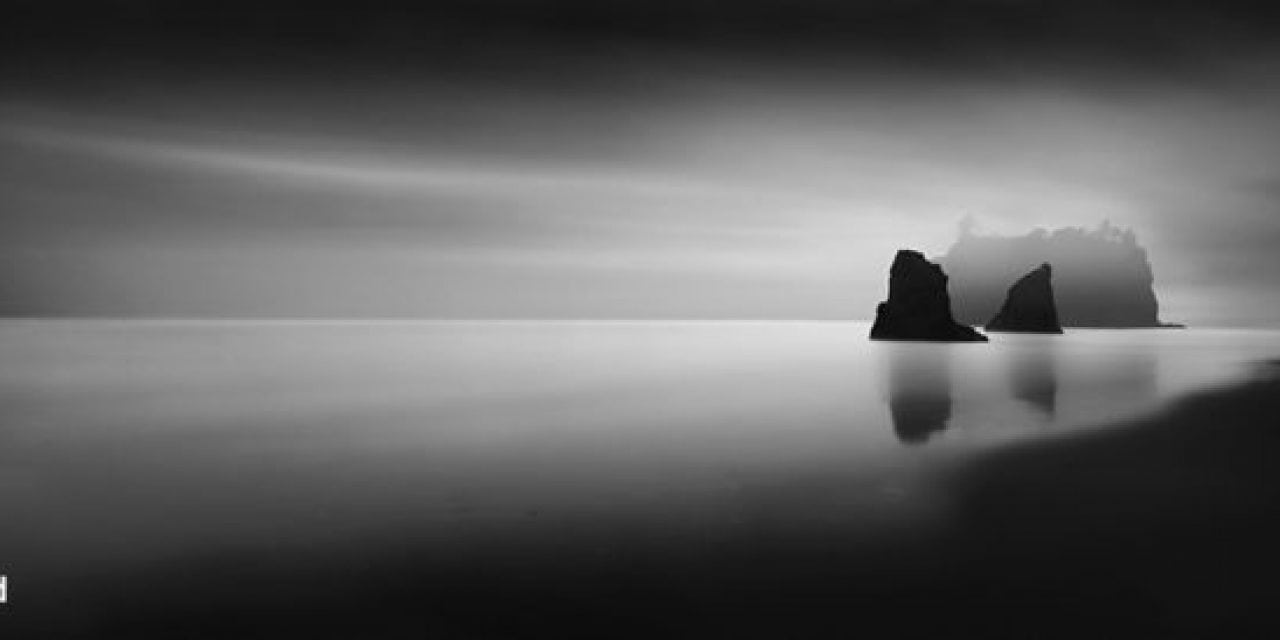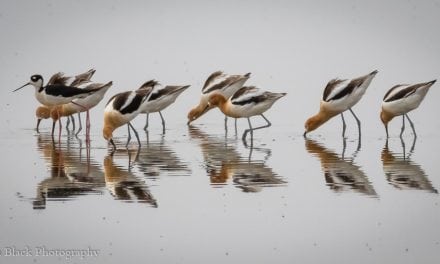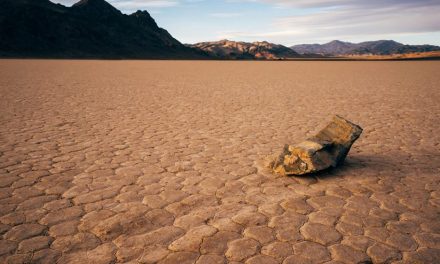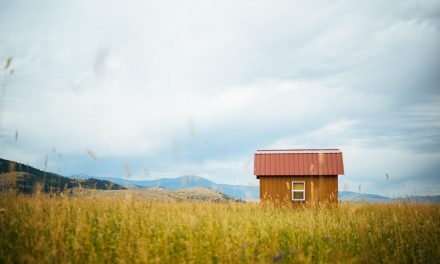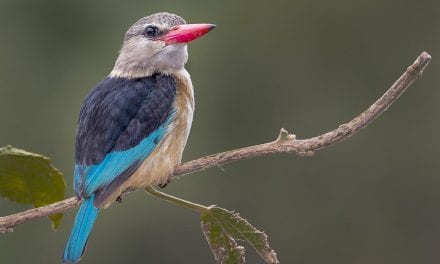
I am a self-taught photographer. I learned the art by going through countless rounds of trial and error, and by studying images from famous masters Robert Doisneau, Robert Capa, Ansel Adams, Henri Cartier-Bresson and some less-famous artists like Théodore Blanc and Antoine Demilly, two French photographers of the end of the 19th century and early 20th. I should also mention some more recent masters like Michael Kenna and Hiroshi Sugimoto.
Images from these artists resonated in me in a way that color photographs could not really achieve. They were timeless, for one. And to be provocative, the lack of color in them did not mean they were missing something—on the contrary, they appeared to me as actually having something more. Something that I couldn’t quite figure out at the beginning.
I learned from each one of these artists. The more I looked at their images, the more I appreciated their mastery of light, how they could use it to give shape and life to their work, as well as how they played with tonalities to build a story and guide the viewer’s eye where they wanted it to go. More importantly, it became obvious to me that they composed and framed their masterpieces around very powerful elements such as shapes and leading lines, as in Adam’s The Tetons and the Snake River or Sugimoto’s Theater series.
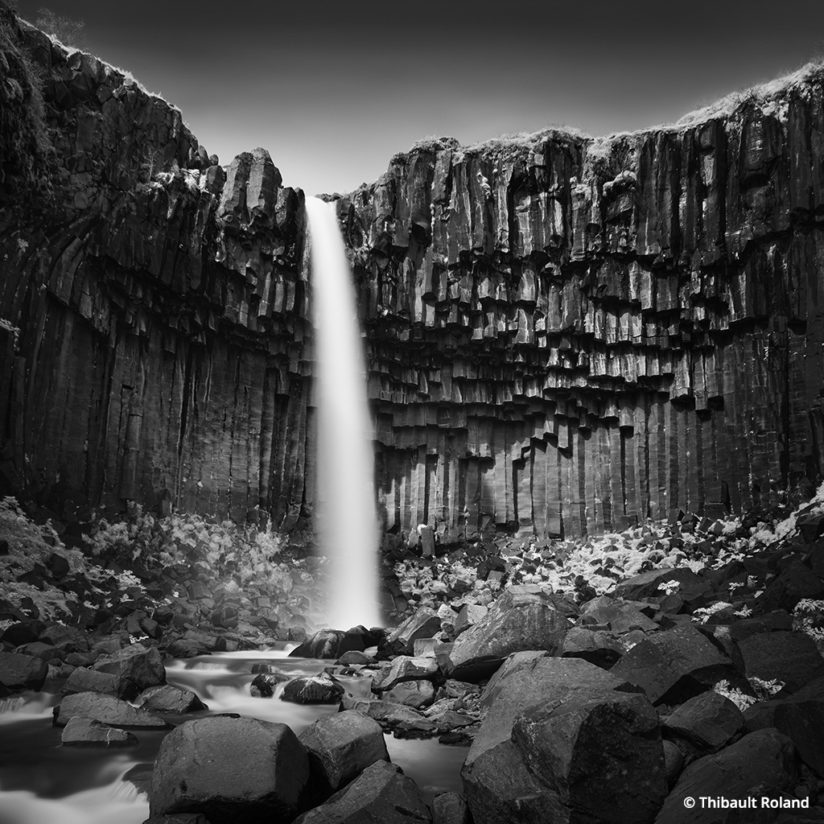
On the other end of the spectrum, I could find color distracting sometimes. It would somehow take away from the message, and some of these images would be more about color opposition or relationships and less about light, compositional elements, shapes and lines.
I did not start creating black-and-white images right away. Just like almost everyone, color was my first love, and I enjoyed it a lot. But I eventually realized that I was focusing more on these colors and less on how to create a strong image that could stand on its own. My images were not based on the strong composition, framing and light that my favorite artists somehow managed to master. I was merely putting pretty colors next to each other and hoping they would make up for an empty story or, simply put, for a weak image.
I like to think that I truly learned photography (beyond how to use a camera) when I started removing these colors that, for me, were too distracting. It forced me to think in terms of leading lines, strong compositional elements, luminosity and how the different parts in my images interacted with each other. Being a scientist by training, a physicist, especially interested in optics, I understood the power of lighting, rules, shapes and lines. I could see their appeal and started to use them in my imagery. This is when I realized I was really doing photography, rather than simply reacting to a given situation by selecting the right camera settings and triggering the shutter.
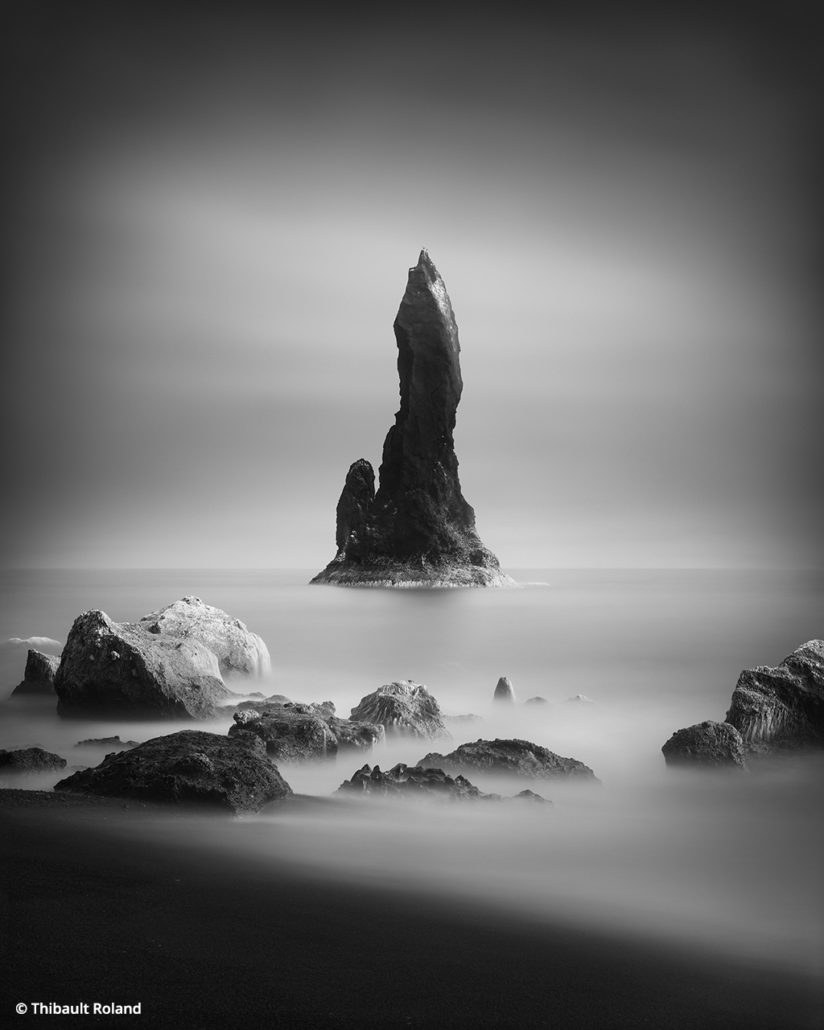
Along the line, I made the conscious decision that I was a fine art photographer and not a documentary photographer. This is a huge distinction, and it was the other revelation that changed entirely my approach to photography. I did not need to be entirely truthful to what I was seeing anymore. I could convert my images to black and white the way I wanted to, choosing if it would be brighter or darker overall or in specific locations, or even play with the light in order to create a path for the viewer’s eye.
Just like the masters did in their time in the darkroom, I could edit my images, too, be it good or bad — and let me tell you, it was really bad at the beginning. I was just doing it with different and more modern tools, but I accepted that it was OK to edit my images. I could use these tools to create something different, just like painters can chose to alter ever so slightly — or harshly — the lighting on their canvas. Now I consider the photographs I take like canvases and use editing tools as my brushes to create those views I imagine. Black and white allows me to turn day into night and to alter tones subtly in order to increase the impression of volume, in a way that would not look natural in color photography.
I find freedom in black-and-white photography: freedom to create better, more impactful and much more personal images.
That being said, all of my images are initially taken in color and then converted to black and white in post-production. In the field, I look at the colors as an additional piece of information, one that can be used during editing to play with the contrasts and tonalities to achieve the final black-and-white image that I have “visualized” in my head prior to even triggering the shutter. Then it’s only a question of finding the right tools — for me, Photoshop and Silver Efex Pro 2 — and a multitude of fine adjustments added to each other to obtain that one image I had envisioned.
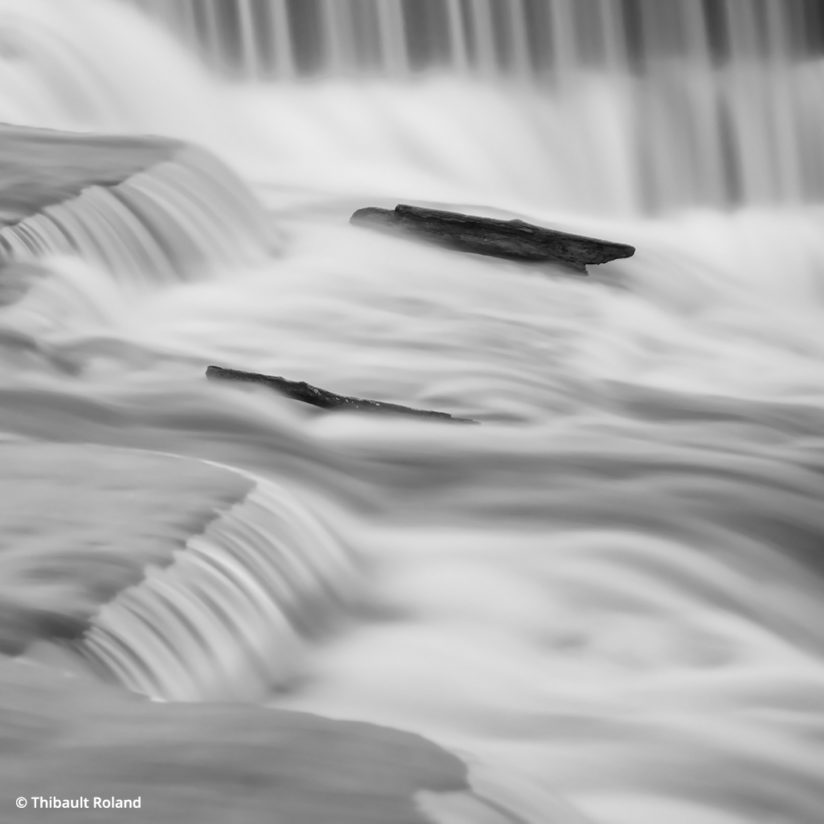
It is important, in my opinion, to convert to black and white and adjust each part of my image independently, and to use dozens of very subtle changes rather than a few major ones. Using such a rigorous and incremental approach helps create images that look much more natural and impactful. I also believe that black-and-white conversion is an integral part of the process, one that I do not want the camera to do for me, which is why I still shoot in color to get my “raw material.”
I also use an infrared-converted body for some of my images. In my work, I strive to show unique and often eerie-looking images. I want to step away from reality so that the viewer can enter into my world, a world that looks both familiar and yet completely different from our own. Infrared photography does exactly that; it turns tree leaves, grass and seaweeds bright, changes a reflective body of water into a deep, dark and mysterious pool, and both darkens and increases contrasts in the sky.
The final touch that makes my images distinct is the use of a very slow shutter speed, ranging from 30 seconds up to 15 minutes sometimes. This long exposure technique is yet another way of leaving reality. By using a time scale that is so utterly different from what we are used to in our daily life, I can virtually manipulate time and the elements. For instance, I am able to use the wind in order to transmute clouds and turn them into abstract and strange visions, looking like soft or furious streaks of light depending on the image I created with my inner eye. With long exposures, I am also able to turn waterfalls into magnificent drapes dangling from a stony ridge or remove waves and make the ocean into a flat and reflective surface. Lastly, I can also blur out vegetation, no matter if it is weeds or tree foliage.
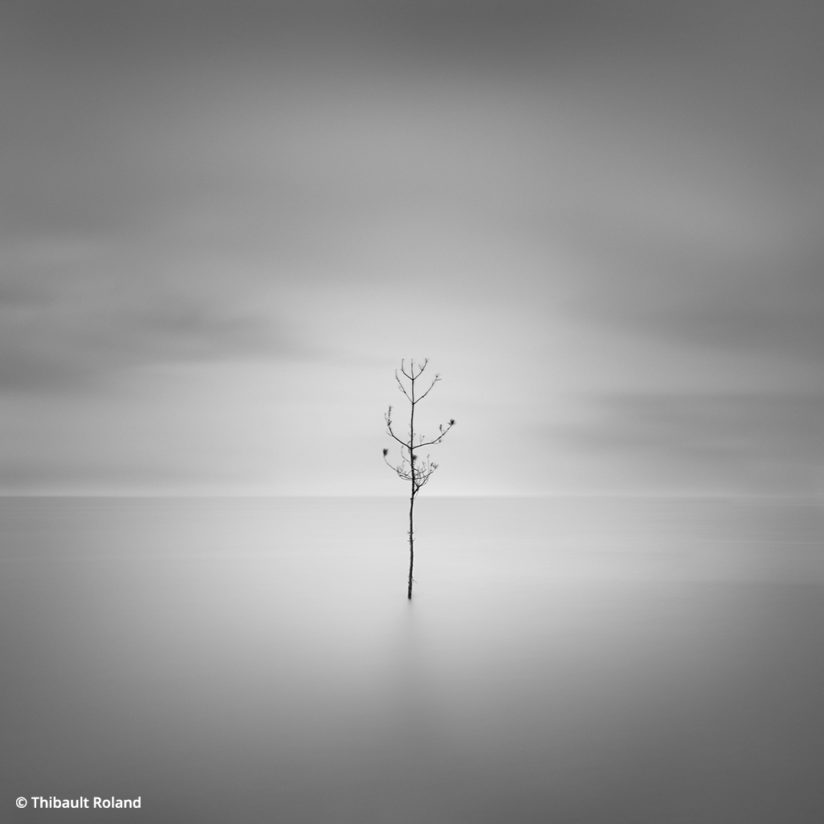
Good landscape and nature photography is nothing without good locations. I approach this problem a few different ways. The easiest and fastest is to surf the web, see inspiring imagery made by others, find the location and put it on a map for later. Of course, I am a strong believer that photographic work should be different from artist to artist, but a location that works well for someone will probably work well for another.
I also use satellite maps quite a lot. For instance, I will “hunt” on a map for sites that appear to have a great potential: old abandoned houses in the middle of a field, lone trees atop a hill, piers in the ocean or a lake, and put all of these locations on a map as well. Once I find myself in the area, and depending on my goal and interests at the time, I will try and hit as many of the locations I had scouted online and check them out in person. Some will indeed provide gems; others I’ll stay for five minutes and then go to the next spot.
Another way I find locations is pure luck. When I have time, I like to drive in an area and take every single road that I can find, with or without an idea in mind. I have found countless amazing subjects to photograph this way, and I love the feeling of freedom it procures.
See more of Thibault Roland’s work at thibaultroland.com.
The post Carte Blanche appeared first on Outdoor Photographer.

